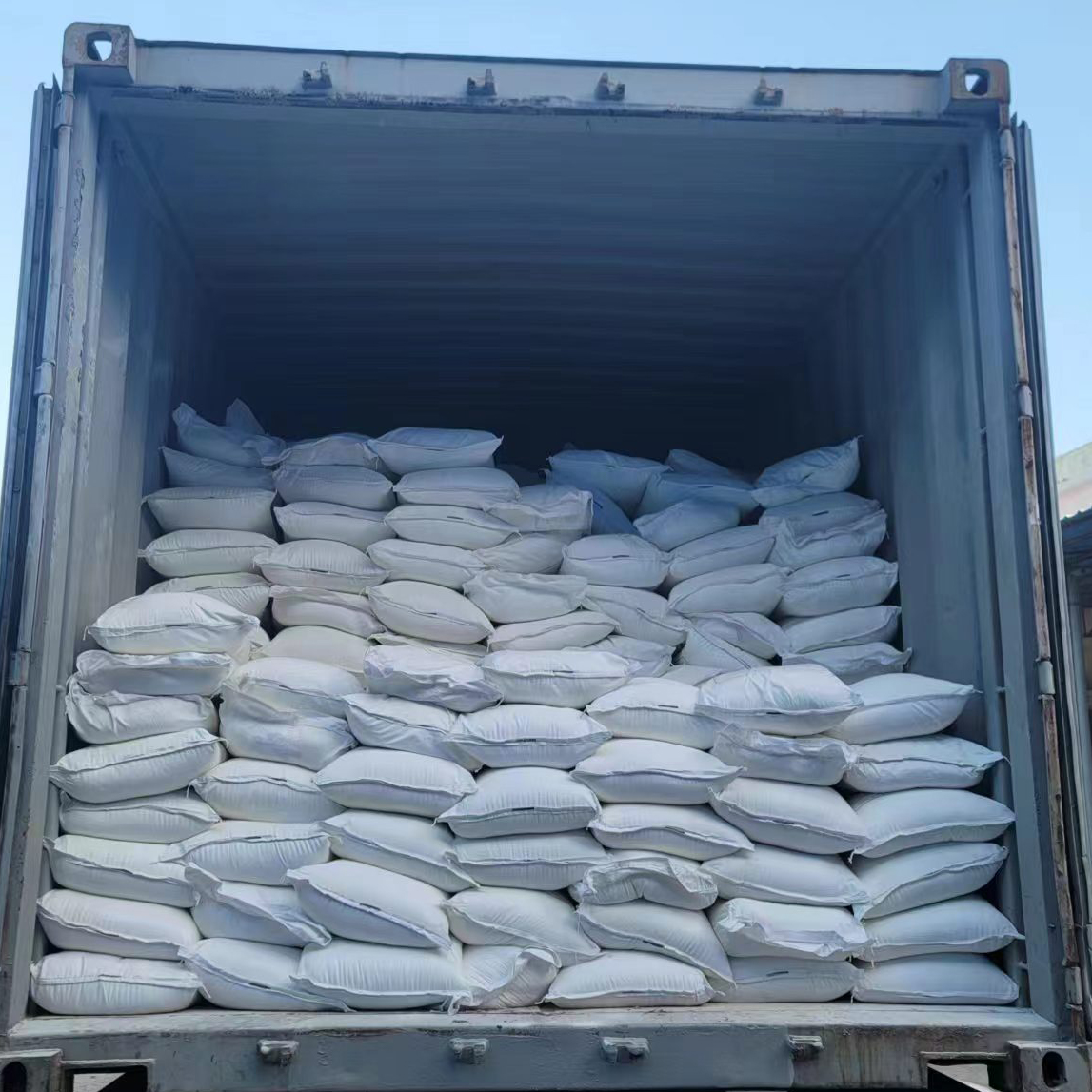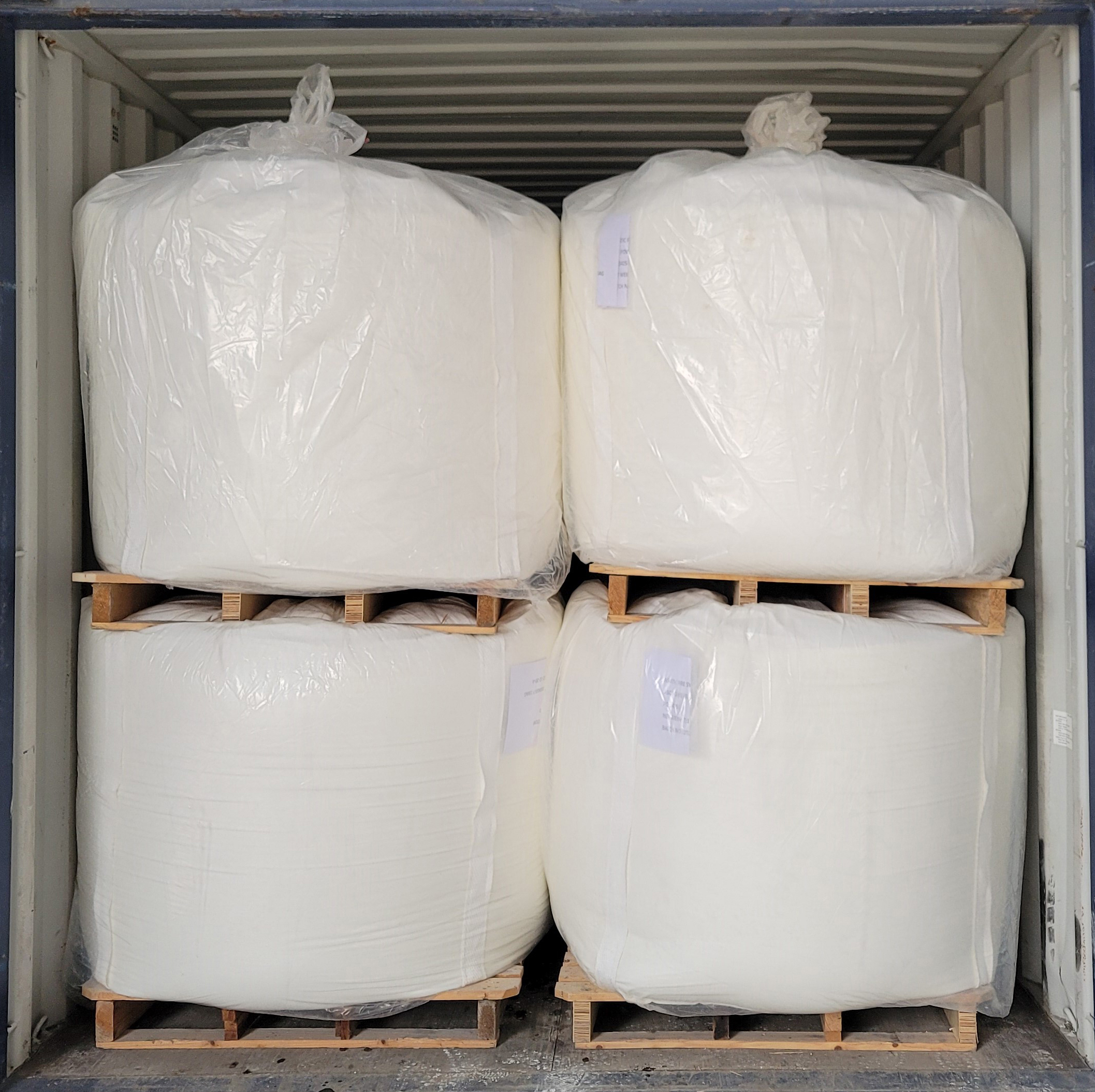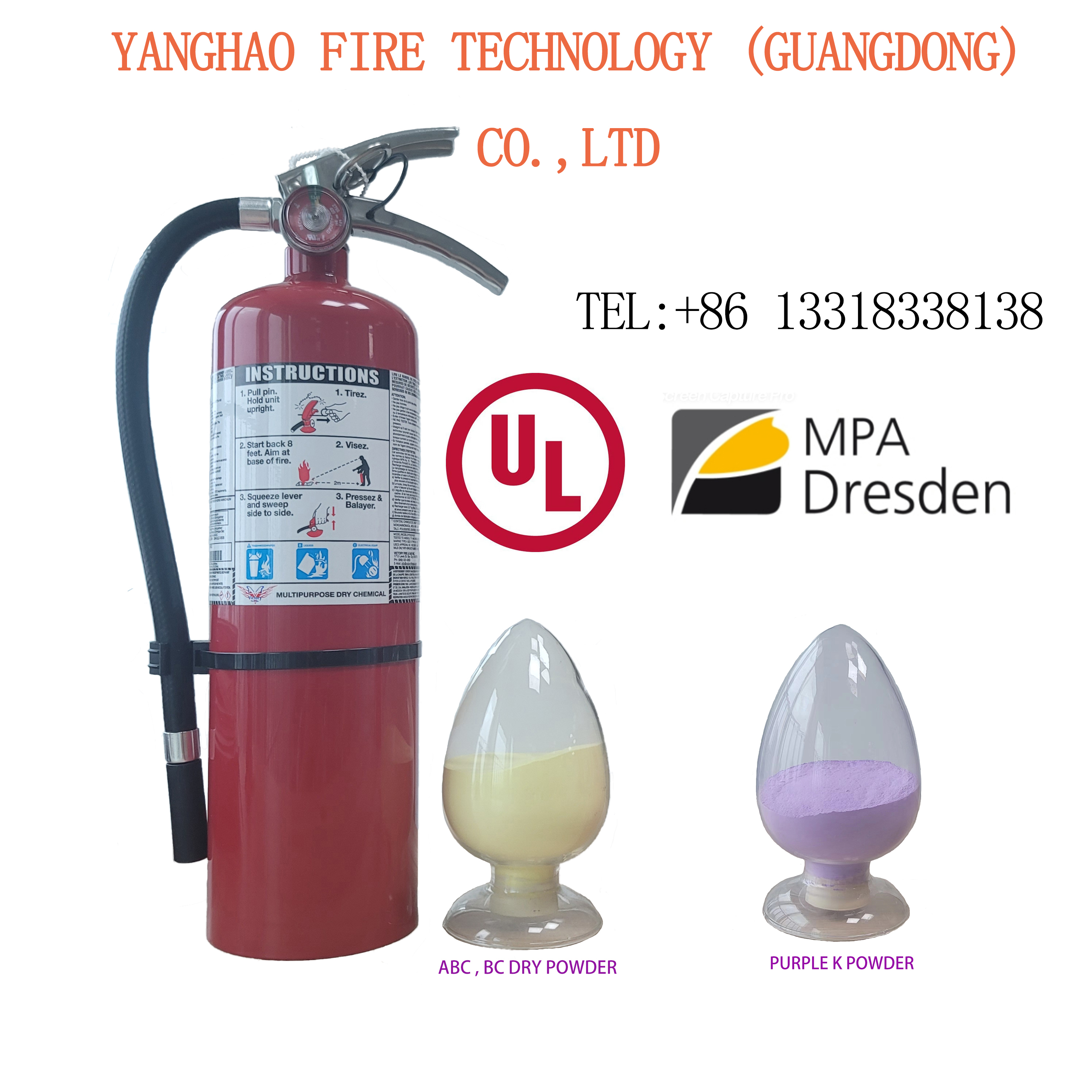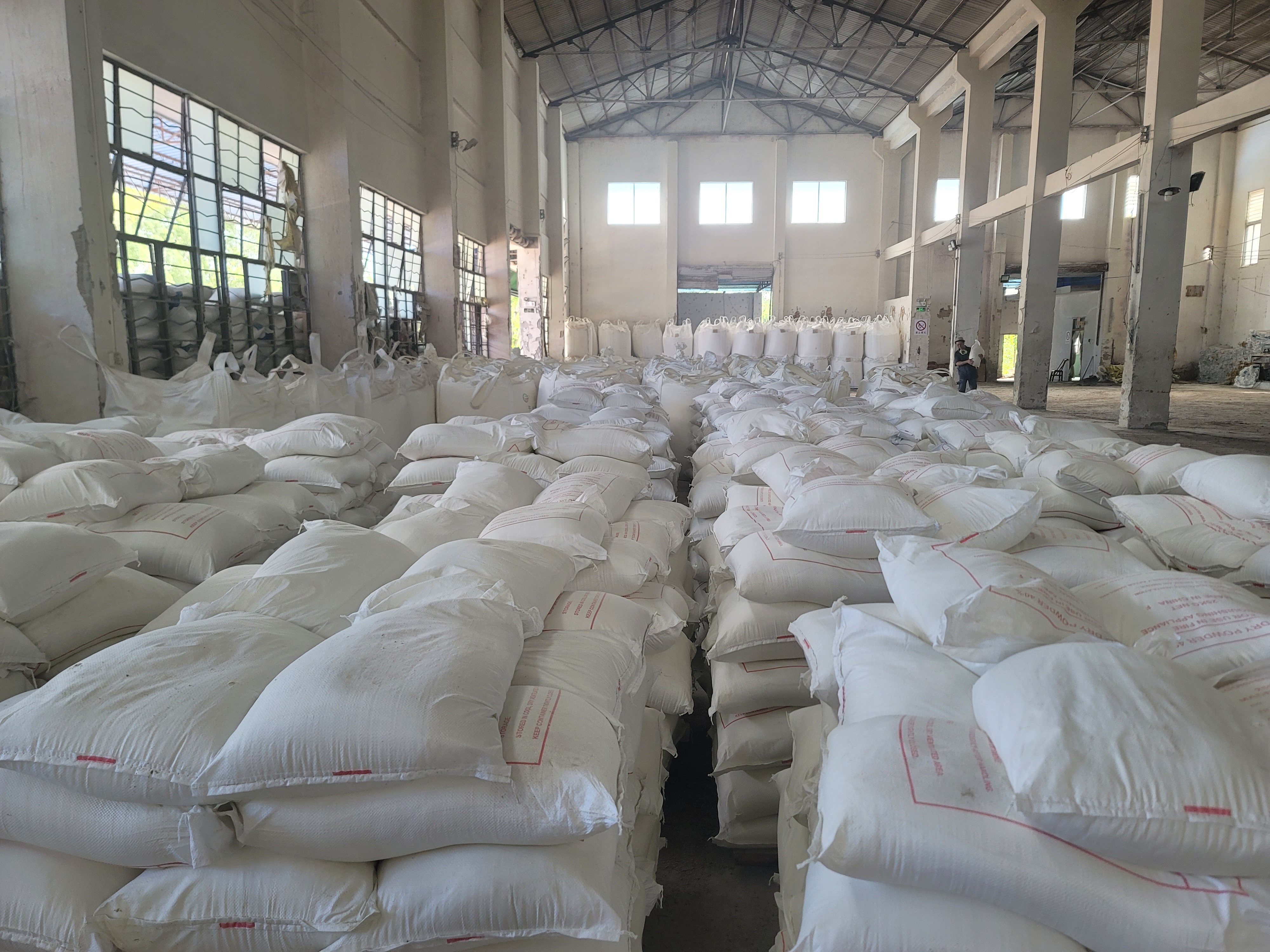Storage and Transportation of Dry Powder Fire Extinguishing Agents: Safety and Compliance Guidelines
Dry powder fire extinguishing agents play a crucial role in modern fire safety systems due to their efficiency and versatility. However, improper storage and transportation can compromise their effectiveness and pose potential safety risks. This article will explore the essential guidelines for the safe storage and transportation of dry powder fire extinguishing agents to ensure their effectiveness and safety.
I. Storage Requirements for Dry Powder Fire Extinguishing Agents
The storage environment of dry powder fire extinguishing agents is critical for maintaining their stability and effectiveness. Correct storage conditions help prevent issues such as moisture absorption or degradation, which can reduce their fire-extinguishing capabilities.
1. Temperature Control
Dry powder fire extinguishing agents should be stored in environments with appropriate temperature. Extreme high or low temperatures can negatively affect their performance. The ideal temperature range for storage is typically between -30°C and 50°C, although specific conditions may vary depending on the brand and type of extinguishing agent. The storage area should avoid exposure to extreme weather or temperature fluctuations, such as outdoor or poorly insulated warehouses.
2. Avoid Moisture
Dry powder is highly susceptible to moisture, so the storage area must be dry and moisture-free. Humidity can cause the powder to clump, expand, or deteriorate, rendering it ineffective. To prevent moisture infiltration, the storage location should have adequate ventilation and be kept away from water sources, humidity, or direct rainfall.
3. Well-Ventilated Environment
The storage area should be well-ventilated to prevent moisture buildup and maintain stable conditions. Good ventilation also helps prevent the accumulation of harmful gases or excess heat. This ensures that the fire extinguishing agent remains in optimal condition for use.
4. Pollution Prevention
Dry powder fire extinguishing agents must be stored in clean environments to avoid contamination from oils, chemicals, or other substances that could compromise the agent’s quality. Contaminants can alter the chemical stability of the extinguishing agent, reducing its effectiveness in an emergency.
5. Protection from Impact and Compression
Extinguishing agents should be stored in a way that prevents physical damage. The containers should not be subjected to excessive vibration or weight that could cause them to rupture or become compromised. The storage area should be properly organized, with adequate support to prevent the extinguishers from being knocked over or dropped.
6. Labeling and Inventory Management
The storage area should be clearly labeled, indicating the location of fire extinguishing agents. Regular inspections should be conducted to ensure the extinguisher’s effectiveness, check for signs of damage, and confirm that the agent is within its expiration date. Keeping a well-maintained inventory ensures that extinguishers are easy to locate when needed.
II. Transportation Requirements for Dry Powder Fire Extinguishing Agents
Transporting dry powder fire extinguishing agents requires specific safety measures to ensure the agents are not damaged, contaminated, or compromised during transit.
1. Transportation Vehicles
Vehicles used for transporting dry powder extinguishing agents must be equipped with appropriate features. These include protection against moisture, pressure, and sufficient ventilation to maintain the integrity of the agent. For long-distance transport, the vehicle should prevent exposure to high temperatures and direct sunlight, as these can affect the performance of the extinguishing agents.
2. Packaging and Sealing
Before transportation, dry powder extinguishing agents should be securely packaged and sealed. Typically, agents are packed in moisture-proof and waterproof containers such as plastic bags or metal canisters. Any damage or leakage to the packaging can cause contamination or moisture exposure, potentially rendering the extinguishing agent ineffective. Ensuring that the packaging is intact and properly sealed is essential for safe transport.
3. Protection from Shock and Pressure
During transportation, it’s crucial to prevent excessive shock, vibration, or compression of the containers. Such physical forces could cause the containers to break or degrade the powder, leading to reduced performance. Vehicles should use proper securing methods to ensure the containers are stable and won’t shift, fall, or tilt during transit.
4. Avoid Exposure to Heat or Fire
Dry powder extinguishing agents must not be exposed to high temperatures or fire during transport. Excessive heat can cause the agents to break down or trigger other unfavorable chemical reactions. It is important to avoid leaving extinguishers in vehicles that are exposed to direct sunlight, especially during the summer months. Vehicle compartments should be shielded from the sun, or alternative protective measures should be taken.
5. Training for Transport Personnel
Personnel involved in transporting dry powder extinguishing agents should undergo proper training. This includes understanding the chemical nature of the agents, emergency procedures in case of leakage or accidents, and safe handling practices. Transport personnel should carry basic firefighting equipment and ensure safe transport routes, minimizing the risk of accidents during transit.
 |  |
III. Key Considerations
1.Regular Inspections
Both during storage and transport, dry powder extinguishing agents should undergo regular inspections to ensure they remain in effective condition. Inspections should focus on the appearance of the agent, the integrity of the container, and the condition of the packaging. Any signs of damage or wear should be addressed immediately.
2.Emergency Preparedness
In both storage and transportation, it is essential to have emergency protocols in place in case of accidental spills or fire. Fire extinguishing equipment and spill containment measures should be available to respond to potential hazards. Emergency plans should be practiced regularly to ensure rapid response in critical situations.
3.Compliance with Regulations
It is important to adhere to relevant laws and regulations governing the storage and transportation of dry powder fire extinguishing agents. Depending on the country or region, specific regulations may apply to the handling, transportation, and disposal of these agents, ensuring safety and environmental protection.
Conclusion
Dry powder fire extinguishing agents are an effective tool for combating fires, but their effectiveness relies on proper storage and transportation. By adhering to the recommended storage conditions—such as temperature control, moisture prevention, and clean environments—and following safe transportation practices, such as secure packaging and protection from heat, dry powder fire extinguishers will remain functional when needed most. Regular inspections, compliance with safety regulations, and training for personnel are essential to maintaining the integrity and safety of fire extinguishing systems.



